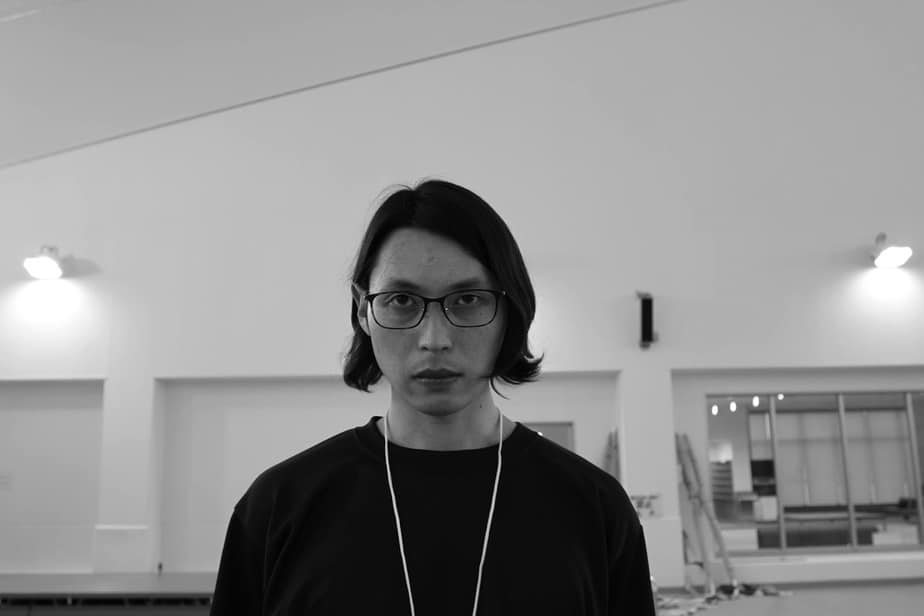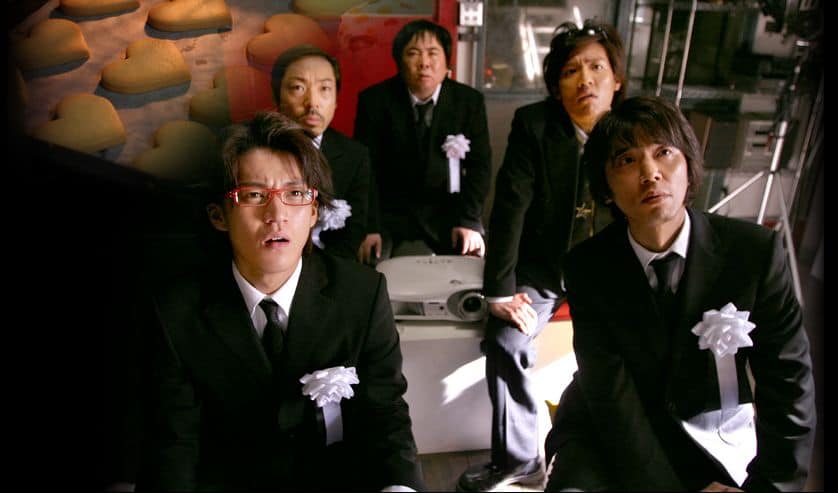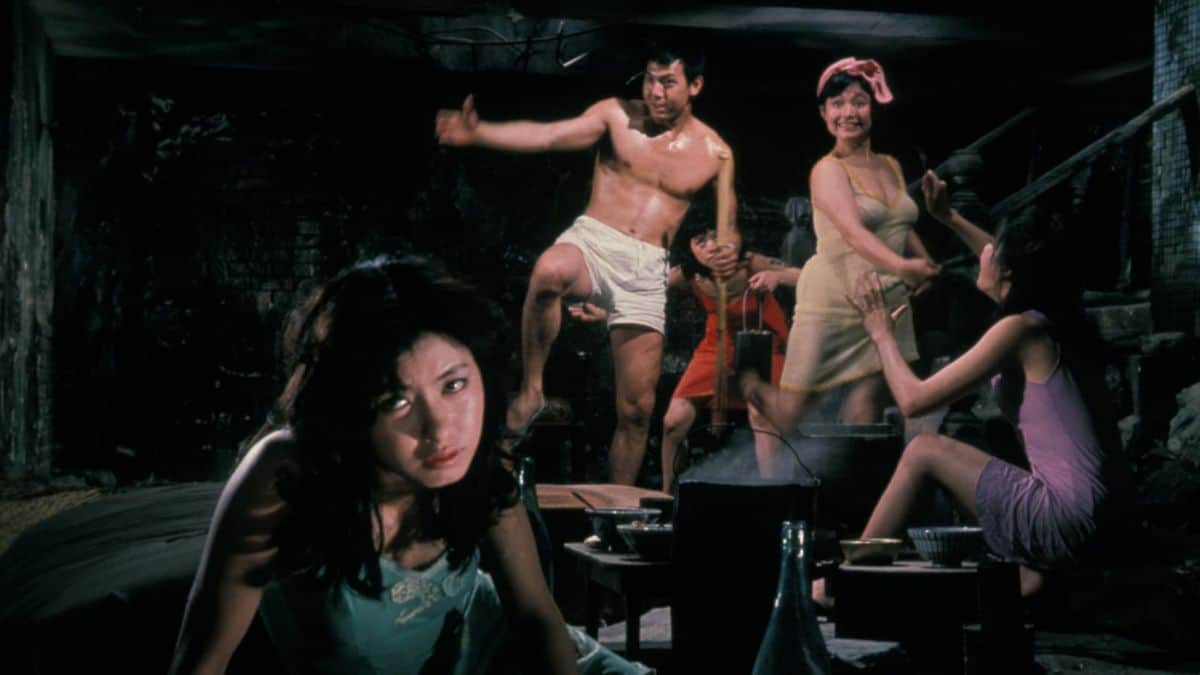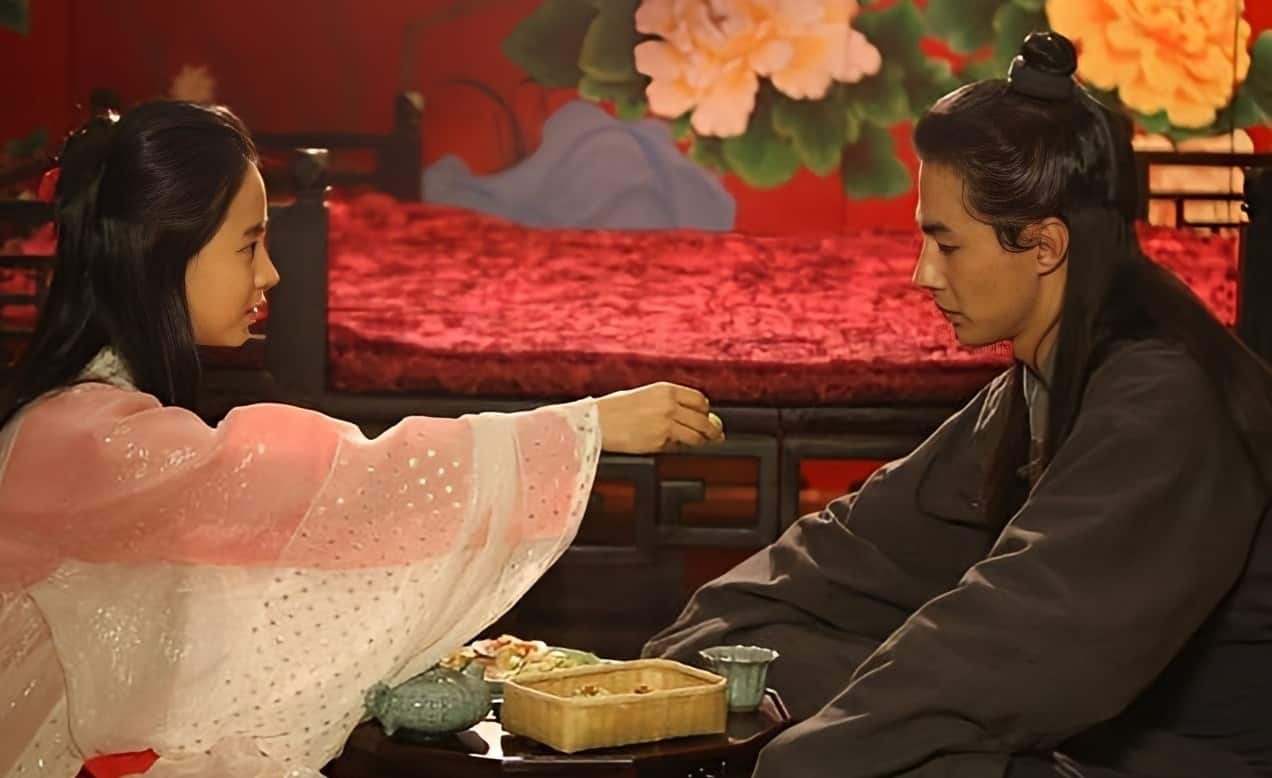21. Poolside Man (Hirobumi Watanabe, 2016, Japan)

Watanabe directs a film that deals with the concept of routine and the way it can enslave man, as it transforms him into a robot that only lives to follow it, to the point that he becomes completely anti-social. Furthermore, through the concept of the news, Watanabe makes a point of how horrible the world we live in is, but at the same time shows how all these awful events end up being nothing but sounds one listens to, in order to pass his time, with a passivity that, in the end, makes him function like a zombie. Furthermore, he seems to say that this, unfortunately, is the concept of the modern Japanese man, who only cares about his job, to the point that he neglects everything else around him. Lastly, this may be a critique for Japan, who, through the agreement with the US regarding the inaction of its army, remains a spectator in what is happening in the world now. (Panos Kotzathanasis)
22. The Whispering Star (Sion Sono, 2015, Japan)

Sono directed a film whose central theme is nostalgia, a notion that becomes evident from the beginning, through the anachronistic setting inside the spaceship. Furthermore, he used one of his recent favorite practices; shooting the alien landscapes in evacuated zones in Fukushima that, through the effects of nuclear energy, actually appear outlandishly desolate. The same applies to the cast, which is comprised of people who still live in the temporary housing units, due to the nuclear disaster in Namie, Tomioka and Minami Soma, Fukushima. (Panos Kotzathanasis)
Buy This Title
23. Devils on the Doorstep (Wen Jian, 2000, China)

Wen Jiang directed, wrote and starred in a wonderfully ironic situation comedy that focuses on the eternal irrationality, which connects man with bloodshed. He presents his characters chiefly as tragic figures that trigger tragicomic situations by mistake, and their diversity creates quite a number of them. However, the film does not present its concept lightly, since the inevitable violence eventually enters the story with terrible consequences, clearly showing the true nature of war and violence in general. (Panos Kotzathanasis)
Buy This Title
24. Videophobia (Daisuke Miyazaki, 2019, Japan)

Lee Seung-won uses the radical difference in the way the two protagonists cope with their psychological issues to emphasize the magnitude of these problems and the way Korean society ignores or simple stands uncomfortable in front of them. She seeks extremes, mostly of sexual nature, and he, being more introvert, has resorted to calling a complaints hotline, demanding they address meaningless issues, like the fact that the dog of a neighbor watches him when he passes in front him (Panos Kotzathanasis)
25. Company Retreat (Atsushi Funahashi, 2020, Japan)

The element however, that mostly characterizes the production, is the sense of tension that quickly takes over. Starting with Saki's attitude, who cannot get into the “festivities” due to the issue she has to face, and continuing with the rest of the group turning against her, this sense of pressure and anxiety eventually becomes quite palpable. Through this approach, Funahashi highlights the ridiculousness and cruelty with which the intensely conservative and male-dominated Japanese society deals with harassment cases, as Saki is continuously treated with scorn and even anger, instead of receiving support. This comment becomes even more obvious in the middle part, where her higher up tells her to deal with insults by “smiling-and-nodding” instead of making a fuss, in a sequence that highlights Japanese mentality regarding the matter in the most eloquent way. That Ushihara actually is proud that she has moved up the ranks by implementing exactly this attitude, and her pragmatism regarding the male dominated company also comes as a shock, also due to the way she attacks both Saki and Kinoshita, even accusing them for being single due to their attitude. (Panos Kotzathanasis)
















